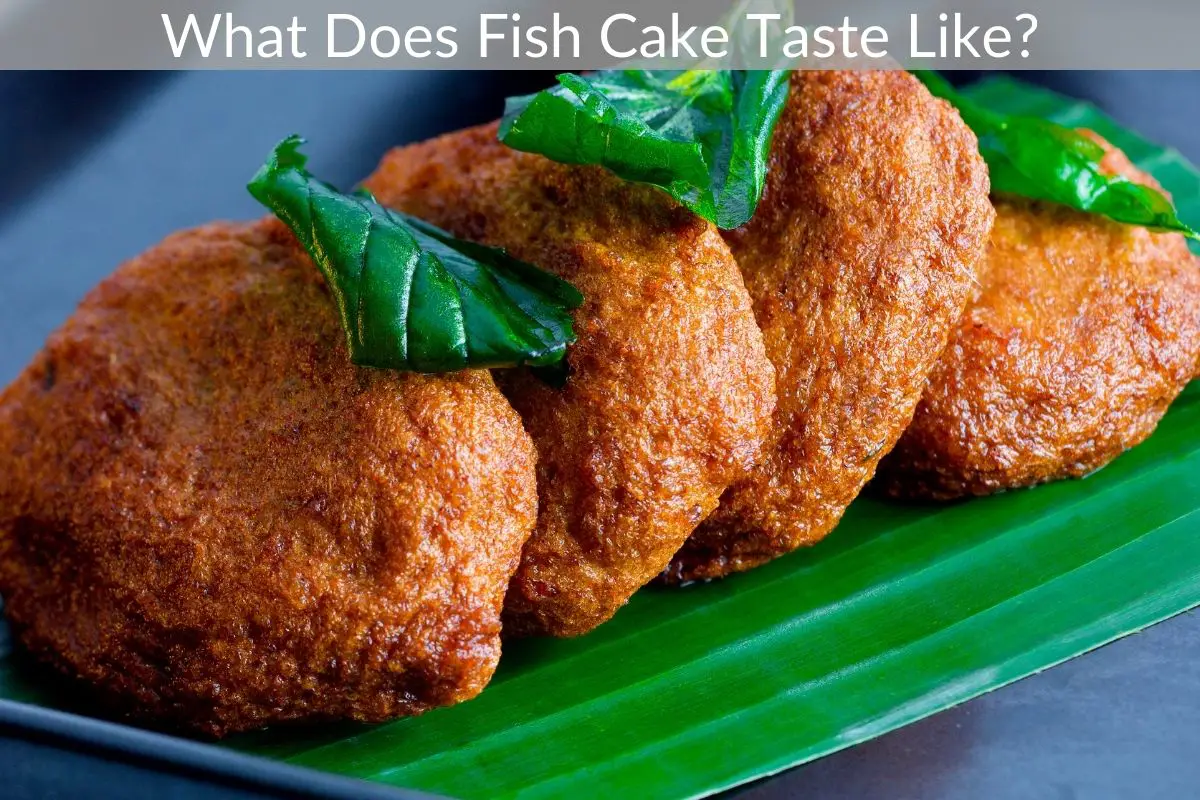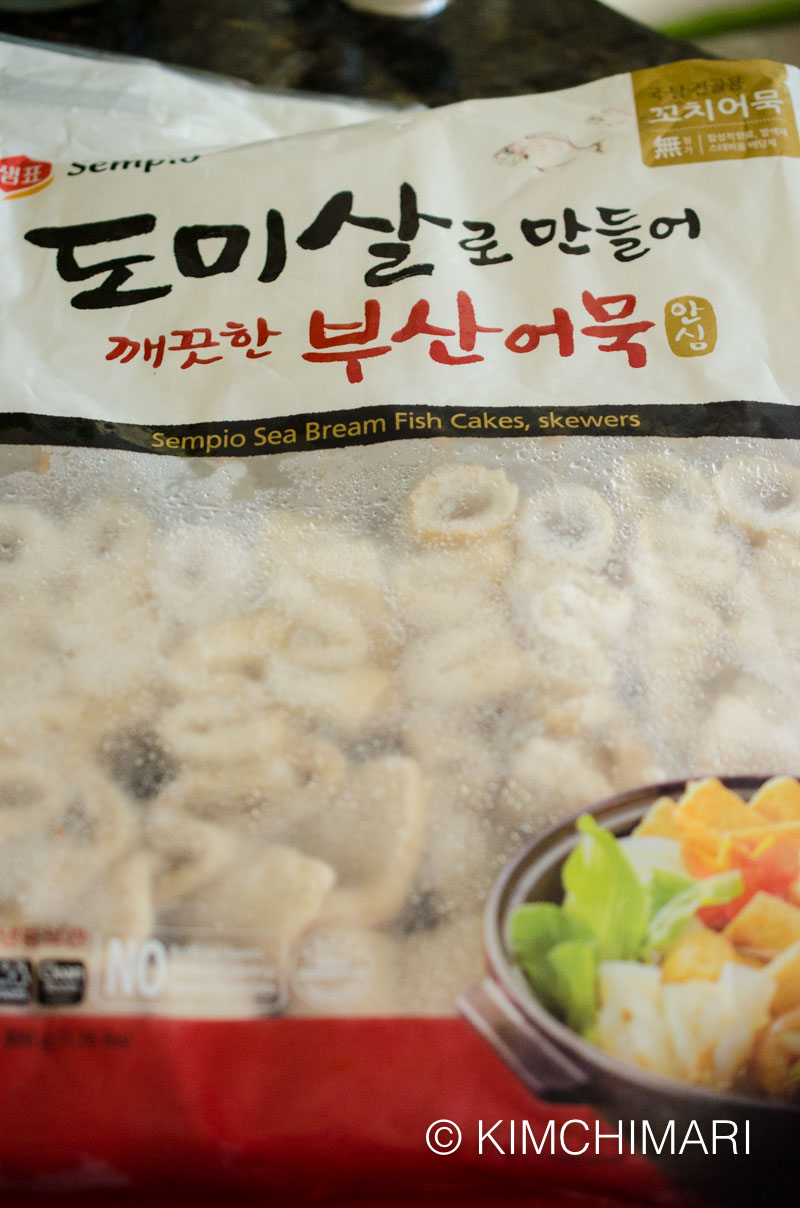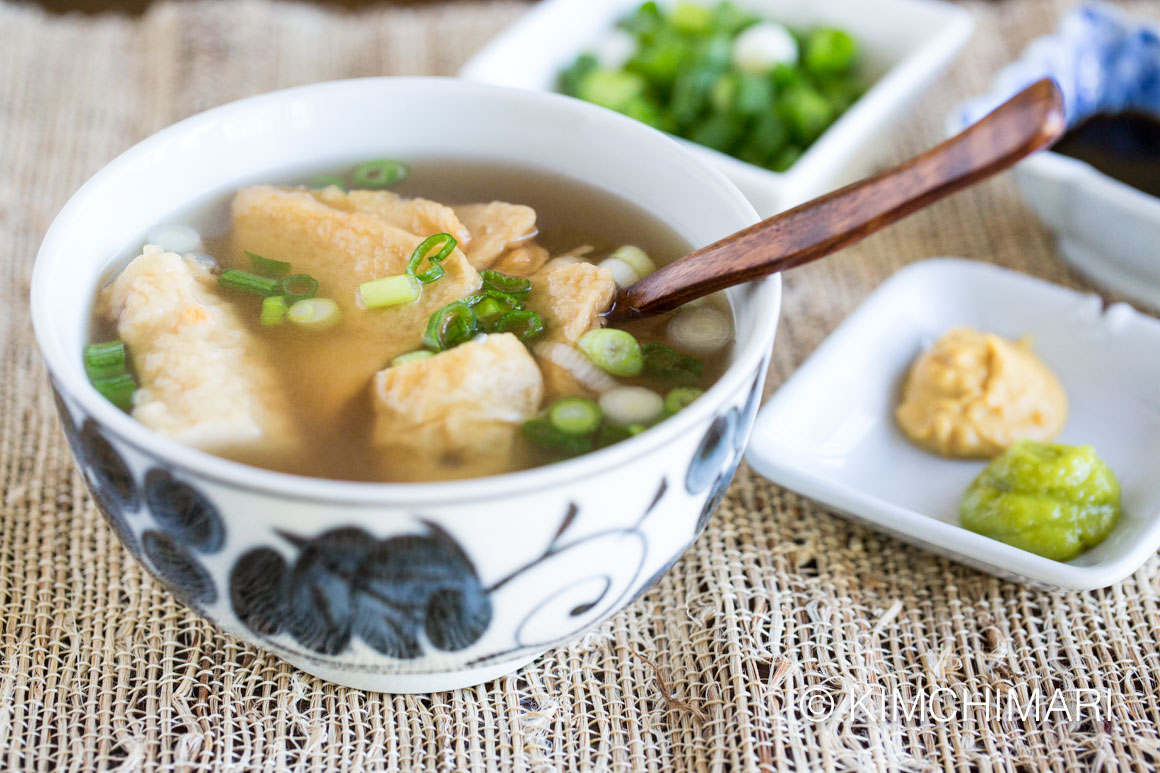Fish cakes, also known as fish balls or fish sausage, are a common ingredient used across many cuisines. Their mild, delicate flavor makes them extremely versatile. But if you’ve never tried fish cakes before, you may be wondering – what does fish cake taste like?
An Overview of Fish Cakes
Fish cakes are made from minced or pulverized white fish, combined with other ingredients like potato starch wheat flour egg whites, sugar, and finely chopped vegetables. The mixture is then shaped into balls, patties, or links and cooked by boiling, frying, or steaming.
While the exact origin is uncertain, fish cakes likely originated in Asian cuisines before spreading to other regions. They are especially common in Japanese, Korean, Chinese, and Southeast Asian cooking.
In Korean cuisine fish cakes are known as eomuk or odeng. The Japanese call them kamaboko or satsuma age. Chinese fish cakes may be called yúfěi or yóutiáo. Other names include bakso in Indonesian and fish ball or yu dan in Cantonese.
Fish cakes are available fresh, frozen, or reconstituted from dried. You can find them whole or sliced in Asian grocery stores or the Asian foods section of many supermarkets.
The Taste and Texture of Fish Cake
So what does fish cake taste and feel like when you eat it? Here’s a breakdown:
Flavor
The predominant flavor is mildly fishy, though the fish taste is delicate rather than strong or overpowering. Fish cakes have a light sweetness as well. Additional flavorings like soy sauce, sesame oil, ginger, and chopped scallions are sometimes added.
Texture
Fish cakes have a soft, tender, yet slightly bouncy texture. Think of the texture of steamed tofu but a bit more springy when bitten into. The texture can vary depending on preparation method – pan fried fish cakes have a crispy outer crust encasing a fluffy interior.
Appearance
Whole fish cakes are usually round, oblong, or sausage-shaped. Sliced fish cakes are often thin rectangles or small squares. Color ranges from pearly white to light pink or beige. Mixed seafood varieties may have flecks of crab, shrimp, or squid visible.
Fish Cake Varieties Around the World
While fish cakes have some commonalities, recipes vary widely across cuisines. Here are some of the differences you may encounter:
Korean odeng: Made from chopped Alaska pollock or croaker fish plus vegetables. Seafood like crab or shrimp may be mixed in. Often thicker and chewier than Japanese kamaboko.
Japanese kamaboko: Has a lighter, more tender texture than Korean odeng. Common white fish include Alaska pollock, sablefish, and Pacific whiting. Often shaped into decorative fish-like slices.
Chinese youtiao: Made from hairtail or mackerel and mixed with pork. Has a firmer, more meaty texture when cooked.
Southeast Asian fish balls: Often contain a starch like tapioca or rice flour for a stretchy, bouncy texture. May be served with a dipping sauce.
British fish cakes: Formed into patties and pan-fried. May incorporate potatoes along with the fish. Often served with tartar sauce.
Caribbean fish fritters: Spiced with herbs and peppers and deep fried. May contain finely diced vegetables. Usually pan-fried instead of boiled.
What Dishes Use Fish Cake?
Because they’re flavorful yet mild, fish cakes work well in a wide range of dishes:
-
Soups: Fish cake slices or balls are commonly added to soups like Korean eomukguk, Chinese wonton soup, or Japanese oden. They provide texture and savoriness.
-
Stir fries: In Koren eomuk bokkeum, fish cakes are stir-fried with spicy gochujang sauce and vegetables. Yaki kamaboko features pan-fried slices on a bed of noodles or rice.
-
Stews: Japanese oden and Chinese lu wei contain fish cakes along with ingredients like boiled eggs, radish, and konjac jelly.
-
Appetizers: Fish cake skewers called eomuk choo are popular Korean bar snacks. In the Philippines, fish balls are served with a sweet and sour dipping sauce.
-
Sandwiches and rice balls: Japanese onigiri and Korean kimbap often contain slices of fish cake.
Fish cakes are also an ingredient in dishes like Chinese hot pot, Vietnamese pho, Indonesian bakso soup, and more. Their versatility makes them a staple of Asian home cooking.
Tips for Cooking With Fish Cakes
If you want to start cooking with fish cakes, here are some useful tips:
-
Opt for whole fish cakes rather than pre-sliced ones to prevent drying out. Defrost frozen fish cakes overnight in the fridge before using.
-
When boiling, simmer gently to prevent fish cakes from breaking apart. Cut whole cakes into slices after cooking for neater presentation.
-
Pan fry over medium-high heat until lightly browned on both sides. Lower heat may cause excess oil absorption.
-
In soups and stews, add fish cakes at the end to briefly cook through without overdoing it.
-
When slicing fish cakes, wet your knife between cuts. Dipping cut pieces in water prevents them from sticking together.
-
Look for fish cakes made with whole fish fillets rather than minced fish, which have better texture.
What Does Fish Cake Pair Well With?
Because they’re so versatile, fish cakes pair well with a wide variety of ingredients:
-
Vegetables: Carrots, onions, cabbage, mushrooms, bamboo shoots
-
Noodles and rice: Udon, ramen, cellophane noodles, rice noodles, white rice
-
Protein and seafood: Tofu, pork, beef, chicken, shrimp, squid
-
Flavor accents: Ginger, garlic, sesame oil, soy sauce, gochujang, dashi, oyster sauce
You can modify fish cake dishes to be more savory or spicy by adjusting companion ingredients. Their mild taste lets other components shine.
Recreating an Authentic Fish Cake Texture
Getting the right tender yet springy texture when making fish cakes at home does take some practice. Here are some tips:
-
Use a ratio of 2 parts fish to 1 part starchy thickener like potato or tapioca starch. Too much starch makes them gluey.
-
Chop the fish into very fine paste for smoothness. Pulse in a food processor if needed.
-
Chill the mixture thoroughly before shaping so fish cakes hold their shape when cooked.
-
Boil, steam, or pan fry instead of baking or grilling, which can dry them out.gentle simmering works best.
-
Add a small amount of egg whites or whipped egg to help bind the mixture without eggy flavor.
-
Experiment with additions like shrimp, crab sticks, or minced scallops for extra moisture.
With a bit of experimentation, you can achieve authentic, springy fish cakes at home. They’re worth the effort for their versatility.
Health Benefits of Fish Cake
Fish cakes provide some good nutrition compared to other processed foods. Here are some of the benefits:
-
Excellent source of lean protein. Just a 3 ounce portion provides 15-20 grams of protein.
-
Rich in vitamins and minerals like vitamin B12, selenium, phosphorus, and iodine.
-
Provides omega-3 fatty acids from fish, which support heart and brain health.
-
Lower in calories, sodium, and fat compared to fatty or processed meats when enjoyed plain.
-
Gluten-free and fits many dietary needs like paleo, keto, or vegetarian when made from whole fish.
While not the most nutritious fish dish overall, fish cakes are a good alternative to red meat in moderation as part of a balanced diet. Their versatility makes them easy to incorporate into healthy recipes.
Final Thoughts
Fish cakes may seem unassuming, but their mild flavor and flexible texture make them endlessly adaptable. They can blend seamlessly into Asian soups, noodle bowls, stir fries, and more.
While fish cake varieties around the globe differ in taste and preparation, most share a light fish flavor and tender but springy bite. Their neutral taste pairs well with a wide range of seasonings and ingredients.
If you find fish cakes in the Asian market, give them a try! Steamed in soup, pan fried, or added to fried rice, these humble fish cakes will likely become a kitchen staple once you get to

Where and What To Buy
Korean and Asian grocery stores, usually in the frozen section or refrigerated section. Well-known Korean brands are Samho 삼호 and Sempio 샘표 like this one.

It’s often sold as 닀산얃묵 (Busan Eomuk), where Busan is the seaport city of Busan. Since Busan is known for its seafood, the name suggests that this one should have more fish than fillers, but you can’t just take what the description says at face value.
Fish cakes that aren’t very good might have more starch as filler than fish meat, so look for ones that are mostly made of fish paste or meat.
Korean fish cakes (Eomuk) comes usually in 2 different styles –
Thin sheets (called Shijang Odeng 시장오뎅) – use these to make Eomuk Bokkeum. Just cut into strips and saute with a little bit of water, soy sauce and sugar. Finish with some sesame seeds and green onions. Also, add these to Tteokbokki for a wonderful variation of texture and flavor. (RECIPE).
Those with sticks or a variety of shapes can be used to make Odeng Guk (Fish Cake Soup) or added to Udon Noodle Soup. Fish cake soup RECIPE.
Keep them in the fridge in a sealed bag or container until the date they go bad, or put them in the freezer to keep them longer. They can be blanched in boiling water before cooking to get rid of any extra oil and make them softer, but it’s not necessary.
Is Korean Fish Cake Healthy?
When made with good fish meat and not too many fillers, fish cakes (Odeng) can be healthy food. As long as they are fried in clean oil. Cheap ones might have been deep-fried in oil that has been used too much, and you might be able to smell rancid oil, which isn’t good for you.
One cup (90g) of Korean Fish Cake (Odeng) usually has 160 calories. The exact number of calories will depend on the brand.
Are Fish Cakes gluten free?
Usually no. It usually contains wheat flour.
Fish Cakes also usually have MSG in them.
What is Korean fish cake ?
Different types of food use fish cakes, but Korean fish cakes come from Japan and have become one of the most popular tools for everyday cooking since they were first introduced. Koreans call it either Eomuk 어묵 or Odeng 오뎅 while Japanese call it Oden.

In Korea, odeng comes in many shapes and sizes. It is usually made with potato starch, sugar, pureed vegetables, and white fish that has been blended. It can be bought by itself or with different sauces and marinades. It can also be used to make tteokbokki, which is fish cake soup, also known as Odeng Guk or Eomuk Tang. Its also sauteed lightly to make a side dish – Odeng Bokkeum.
Korean fish cake has a spongy, soft but slightly chewy texture. Sometimes cheap ones may have gritty texture which are ground fish bones.
What does Korean fish cake taste like? It’s mild and sweet, with a hint of fishy flavor that’s full of umami. A cheap odeng may taste more fishy than a good quality one.
